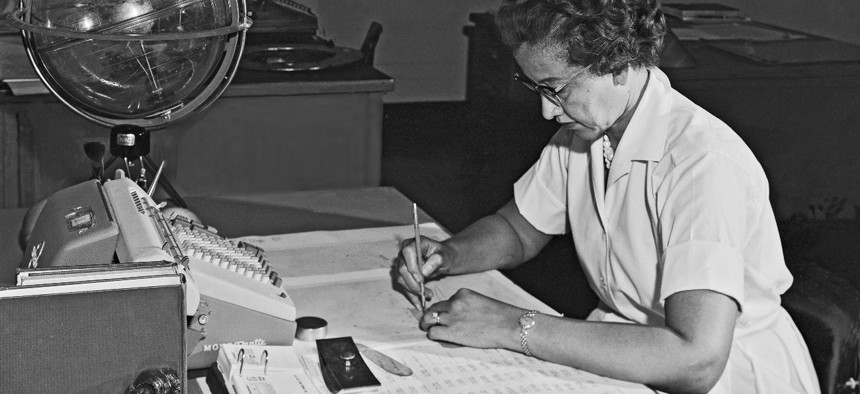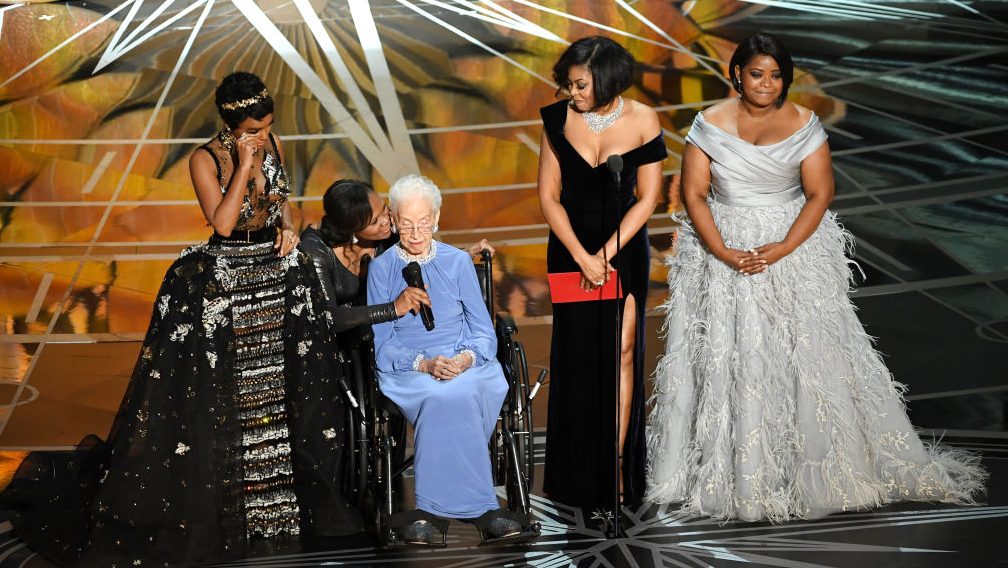

That really speaks to her competence and her resilience.” “Even with all the restrictions and biases against recognizing her potential to contribute to the mission, that she became invaluable. “Katherine Johnson’s story really shows us the power of individuals to bring their talents to bear,” says Margaret Weitekamp, curator and chair of the space history department at the Smithsonian’s National Air and Space Museum. The earliest of these publications made Johnson one of the first women at NASA to become a named author or co-author on an agency report, according to Margalit Fox at the New York Times. Her work fueled innumerable feats of aeronautics, several of which were outlined in the 26 research papers Johnson published over her decades-long career. And if she says the computer is right, I’ll take it.”

“When he got ready to go,” Johnson said of Glenn, “he said, ‘Call her. So trusted were her calculations that astronaut John Glenn, the first American to orbit the Earth, considered them an integral part of his preflight checklist-even after the equations had been transferred over to modern electronic machines.

Striking out during “a time when computers wore skirts,” she once said, Johnson quickly proved her incomparable worth. “My dad taught us, ‘You are as good as anybody in this town, but you're no better.’ I don't have a feeling of inferiority. “I didn't have time for that,” she told NASA in an interview from her home in Hampton, Virginia in 2008. Along with the agency’s other female African American mathematicians, she worked in quarters separated from a much larger pool of white women “computers,” who were in turn kept away from their male colleagues.īut Johnson’s consignment did little to hold her back. Relegated to an office marked “Colored Computers,” Johnson spent her first five years at NACA dealing with a double dose of segregation. In 1953, Johnson-then Katherine Goble-began work at Langley Research Center at the National Advisory Committee for Aeronautics (NACA), which later became NASA, where she would stay until her retirement in 1986. But her mentor, William Waldron Schieffelin Claytor-who was reportedly the third African American to receive a doctorate in math-persuaded his bright young student to change fields.

“I counted the steps to the road, the steps up to church, the number of dishes and silverware I washed … anything that could be counted, I did.”Īfter graduating high school at age 14, Johnson enrolled at West Virginia State College with plans to pursue a career as a teacher. “I counted everything,” she once proclaimed. NASA mathematician Katherine Johnson, who developed equations that helped the United States launch its first astronaut into space in 1961 and safely plant Apollo 11 on the moon in 1969, died this morning at age 101.īorn Katherine Coleman in White Sulphur Springs, West Virginia, on August 26, 1918-a date that now commemorates Women’s Equality Day-Johnson showed an early prediliction for math.


 0 kommentar(er)
0 kommentar(er)
